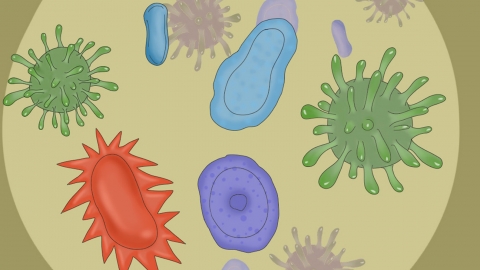What are the characteristics of HIV rash?
Under normal circumstances, the main characteristics of rashes caused by AIDS include diverse morphology, color variation, widespread distribution, accompanying other symptoms, and recurrent episodes. A detailed analysis is as follows:

1. Diverse Morphology
Rashes may present as maculopapular, spotted, vesicular, or nodular forms, with morphology varying depending on specific causes and types of infection. These rashes may exist individually or merge into patches.
2. Color Variation
The rash color is mostly pale red or brownish red, and may exhibit deeper pigmentation, such as purplish red or brown, on darker skin tones.
3. Widespread Distribution
Rashes may appear on multiple body areas, including but not limited to the trunk, limbs, face, and neck. Rather than being confined to a specific region, they may spread across the entire body.
4. Accompanying Other Symptoms
Rashes may be accompanied by additional symptoms such as itching, pain, or a burning sensation. Moreover, patients might also experience systemic symptoms including fever, swollen lymph nodes, and weight loss.
5. Recurrent Episodes
Rashes tend to recur frequently; even after treatment, symptoms may temporarily subside and then reappear. This occurs because the virus continuously attacks the immune system, making the skin susceptible to infections or inflammation.
If rashes of unknown origin appear, especially when accompanied by systemic symptoms, timely medical consultation for viral testing is recommended. It is also important to maintain personal hygiene, avoid contact with known sources of infection, and reduce the risk of secondary infections.








